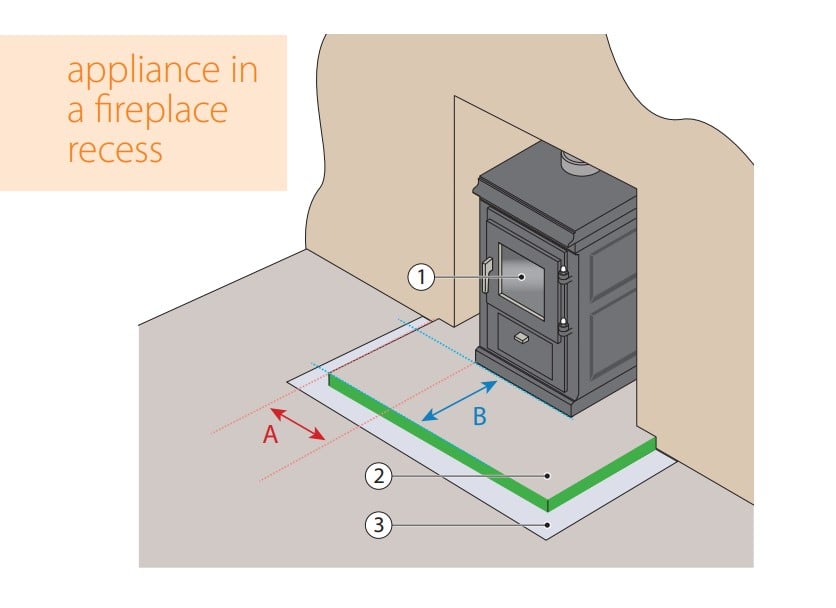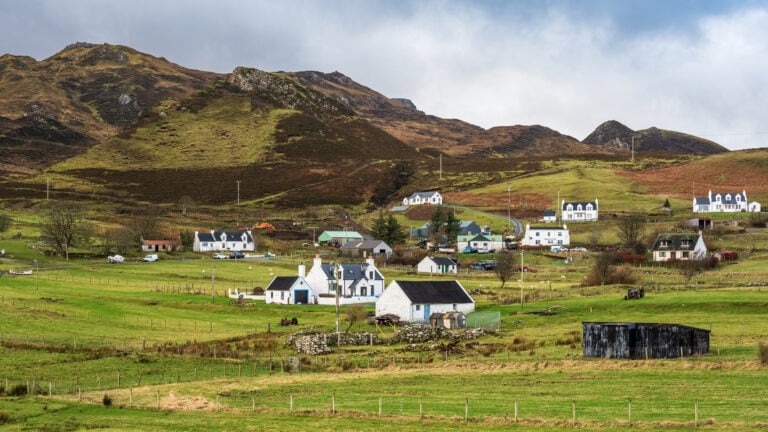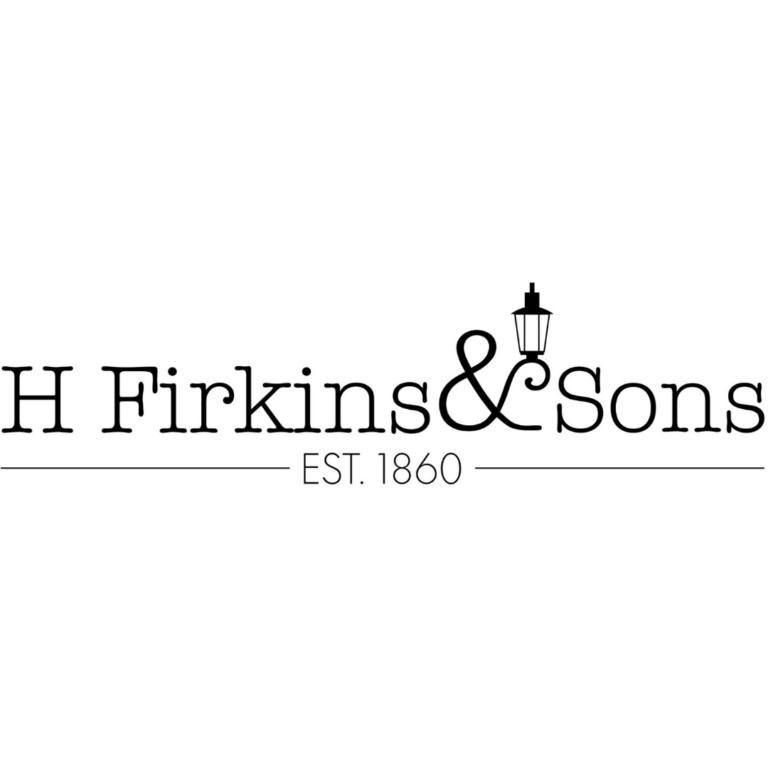
Hearth Marking
Marking of the Hearth Boundary
The HETAS technical helpline regularly receive enquiries relating to the subject of how a hearth surface should be marked out, i.e. the demarcation or boundary of the hearth against the regular flooring material in the room.
The regulation requiring reference here is as follows:
J4: Protection of Building; Combustion appliances and flue pipes shall be so installed, and fireplaces and chimneys shall be so constructed and installed, as to reduce to a reasonable level the risk of people suffering burns or the building catching fire in consequence of their use.
The simple answer to the query would be that there are no hard and fast rules, and that it really depends on a number of points as to what solution will be adopted that will enable compliance with the above. Our previous article on hearths in the June 2018 Technical Bulletin and Further Guidance on Hearths in HETAS Technical Bulletin #13 of January 2019 should also be read in conjunction with this article.
The upper surface of any hearth provides a zone around the appliance that is visually apparent to building occupants. The purpose of this zone is to warn occupants that they are near a hot appliance (i.e. take care) and to discourage the fitting of any combustible floor finishes or the placement of other materials (e.g. rugs, carpets, stored logs or a magazine rack) that are combustible or may be adversely affected by heat or falling embers or hot ash. , ref. Approved Document J paragraph 2.26.
Certain appliances, burning wood and or solid mineral fuel, such as stoves or open fires are hot when in operation. For such appliances the dimensions provided in Diagram 26 of ADJ should be used for the hearth zone.
Where appliances are cooler on their outer surface and the risk of ash or ember spillage is minimal, such as independent heating boilers, some range cookers and some pellet fired appliances, it is allowable to reduce the hearth dimensions. (ref. ADJ paragraph 2.27) to those prescribed by the appliance manufacturer. In certain circumstances it may also be allowable to place heat sensitive items within this zone, as the zone is really only intended as a free area for access for servicing purposes. In any such case it is essential to read and adhere to any appliance manufacturer’s recommendations.
In order to mark out this zone you may be required to take in to consideration aesthetic appearances as well as the constructional attributes of the building. This may or may not involve a change in level as suggested in ADJ paragraph 2.26 but as long as the marking achieves the purposes described above then you have taken the necessary steps to meet regulations.
Further Information
Visit the Technical Hub for Technical Bulletins and guidance notes.



